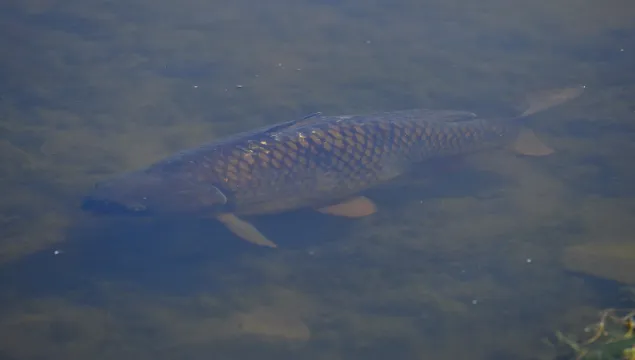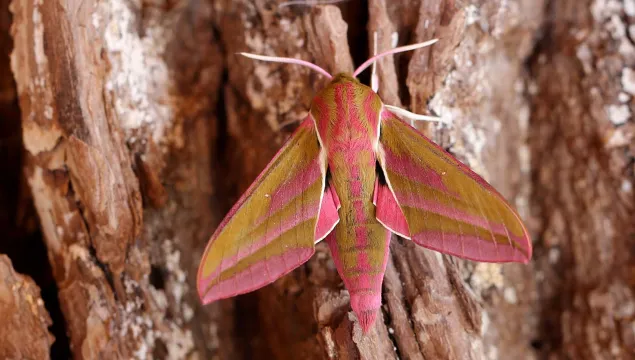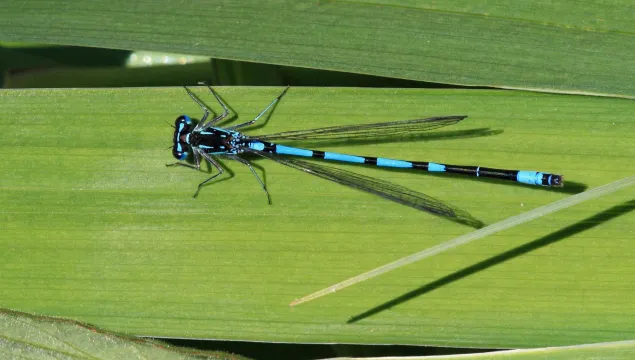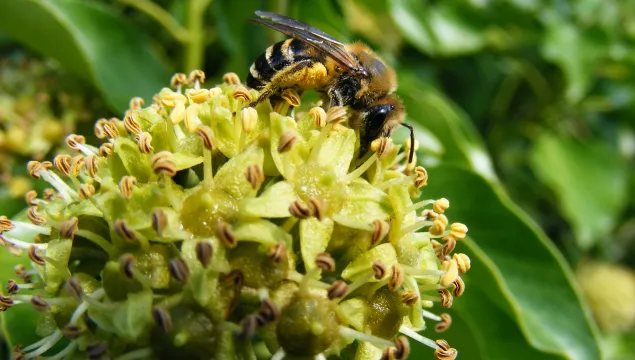Cornflower
Once considered a weed of cornfields, the cornflower was nearly wiped out by intensive agricultural practices. Today, it can be found in deliberately seeded areas, and on roadside verges and waste ground.
Once considered a weed of cornfields, the cornflower was nearly wiped out by intensive agricultural practices. Today, it can be found in deliberately seeded areas, and on roadside verges and waste ground.

The stiff, spiky and upright leaves and brown flowers of hard rush are a familiar sight of wetlands, riversides, dune slacks and marshes across England and Wales.

The common carp is a very large fish that is popular with anglers due to its size and fighting spirit. It frequents ponds, gravel pits and lakes, but is not native to the UK, being introduced in the Middle Ages.
A late-blooming flower, Meadow saffron looks like a crocus, displaying similar pink flowers once its leaves have died back. It is a highly poisonous plant of meadows and woodland rides and clearings.

The elephant hawk-moth is a pretty, gold-and-pink moth that can be seen at dusk in gardens, parks, woods and grassy habitats. The caterpillars look like elephant's trunks and have eyespots to scare off predators.

With black-and-yellow markings, the hornet mimic hoverfly looks like its namesake, but is harmless to us. This mimicry helps to protect it from predators while it searches for nectar.

This stocky wader is mostly a winter visitor to the UK, where it can be found on rocky, seaweed-covered coasts, often with groups of turnstones.

As the name suggests, this tall, white heron is considerably larger than the similar little egret. Once a rare visitor to the UK, sightings have become more common over the last few decades, with several pairs now breeding.

The variable damselfly looks a lot like the azure damselfly, but is much less common throughout most of the UK.
At night, the pretty, white blooms of white campion produce a heady scent, attracting feeding moths. Look for this wildflower along hedgerows and roadside verges, and on waste ground.
Just as the bluebells finish flowering in our woodlands, the rose-red blooms of red campion start to brighten up the woodland floor. Look for this pretty plant in hedges and roadsides, too.

The Ivy Bee is a new arrival to the UK. First recorded here in 2001, it is slowly spreading north. It feeds exclusively on the nectar of Ivy flowers and can be seen in autumn when this plant is in bloom.